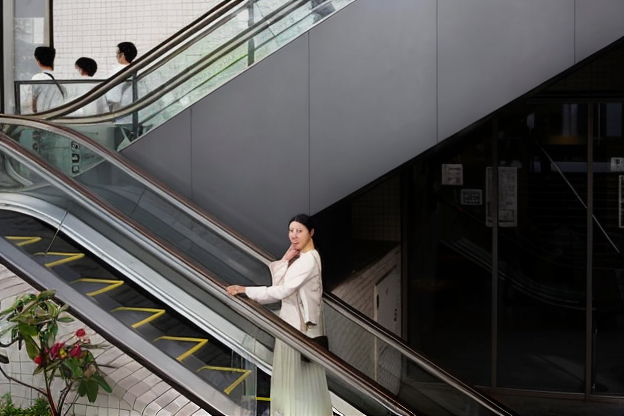Innovative Facades: Revolutionizing Architecture with Customized Sheet Metal Work+ View more
Innovative Facades: Revolutionizing Architecture with Customized Sheet Metal Work
+ View more
Date:2024-01-27 17:00
Sheet metal work is leading the charge in architecture's current innovative turn. Thanks to advanced technology in the form of Computer-Aided Design and Computer-Aided Manufacturing, and the precision of CNC machinery, the use of sheet metal has opened new avenues of creativity and functionality for architects and designers that push traditional boundaries. At the same time, light plays a fundamental role in the basic form and appearance of a structure. The application of sheet metal allows buildings not only to serve as structures but also to provide a canvas for the building's light work.
Paneles de metal en el exterior de los edificios. El pensamiento estratégico detrás de este diseño se expresa en el texto de Introducción a la presentación. Dividido en tres partes, el primer bloque textual nos introduce al concepto de fachada desde un punto de vista teórico. En el segundo bloque, se nos presenta la fachada como un "dispositivo arquitectónico". En el tercer bloque, se explica cómo, gracias a la "planitud" de la fachada y a la "plana-ción" de su contenido (son fríos en el sentido de "diseños digitales"), el panel de metal y la máquina de corte láser son dos buenos amigos...
Using CAD/CAM software, architects can create custom metal components that perfectly embody their creative vision. "The real magic happens when we start using the CNC machines. The router is like a hard pencil and draws the shapes out of the material that we use for our models. ... The CNC saw is precise, and it lets us make straight cuts without getting too messy." At the moment, we aren't really thinking about sustainable practices when we're using smooth metal sheets to build these models. But metals can be recycled, and using only as much material as is necessary lies at the heart of the issue.
The future sees energy-efficient buildings with facades that adjust to environmental changes. This could come about through the integration of sensors and smart systems with the metal panel components that make up a building's exterior. These smart facades, as some architects are already calling them, would certainly add a new dimension to a building's appearance. But, as far as I can see, they would also enable something previously undreamed of in the shelter business: a building capable of changing its capacity for responsiveness.
This signals a new epoch in which architects can endow every building with a singular identity—something far deeper than mere branding. And the reason isn't just that architects can now do it; it's also that architects are now mustering the good sense to do it. Consequently, we are getting a lot more of what Richard Florida calls "the good Life"—aesthetic, diverse, captivating structures that aren't just high-tech, high-style, or low-cost government bailouts, but are high on human ingenuity as well.
Paneles de metal en el exterior de los edificios. El pensamiento estratégico detrás de este diseño se expresa en el texto de Introducción a la presentación. Dividido en tres partes, el primer bloque textual nos introduce al concepto de fachada desde un punto de vista teórico. En el segundo bloque, se nos presenta la fachada como un "dispositivo arquitectónico". En el tercer bloque, se explica cómo, gracias a la "planitud" de la fachada y a la "plana-ción" de su contenido (son fríos en el sentido de "diseños digitales"), el panel de metal y la máquina de corte láser son dos buenos amigos...
Using CAD/CAM software, architects can create custom metal components that perfectly embody their creative vision. "The real magic happens when we start using the CNC machines. The router is like a hard pencil and draws the shapes out of the material that we use for our models. ... The CNC saw is precise, and it lets us make straight cuts without getting too messy." At the moment, we aren't really thinking about sustainable practices when we're using smooth metal sheets to build these models. But metals can be recycled, and using only as much material as is necessary lies at the heart of the issue.
The future sees energy-efficient buildings with facades that adjust to environmental changes. This could come about through the integration of sensors and smart systems with the metal panel components that make up a building's exterior. These smart facades, as some architects are already calling them, would certainly add a new dimension to a building's appearance. But, as far as I can see, they would also enable something previously undreamed of in the shelter business: a building capable of changing its capacity for responsiveness.
This signals a new epoch in which architects can endow every building with a singular identity—something far deeper than mere branding. And the reason isn't just that architects can now do it; it's also that architects are now mustering the good sense to do it. Consequently, we are getting a lot more of what Richard Florida calls "the good Life"—aesthetic, diverse, captivating structures that aren't just high-tech, high-style, or low-cost government bailouts, but are high on human ingenuity as well.
Share to:
Recommend wonderful blog posts

